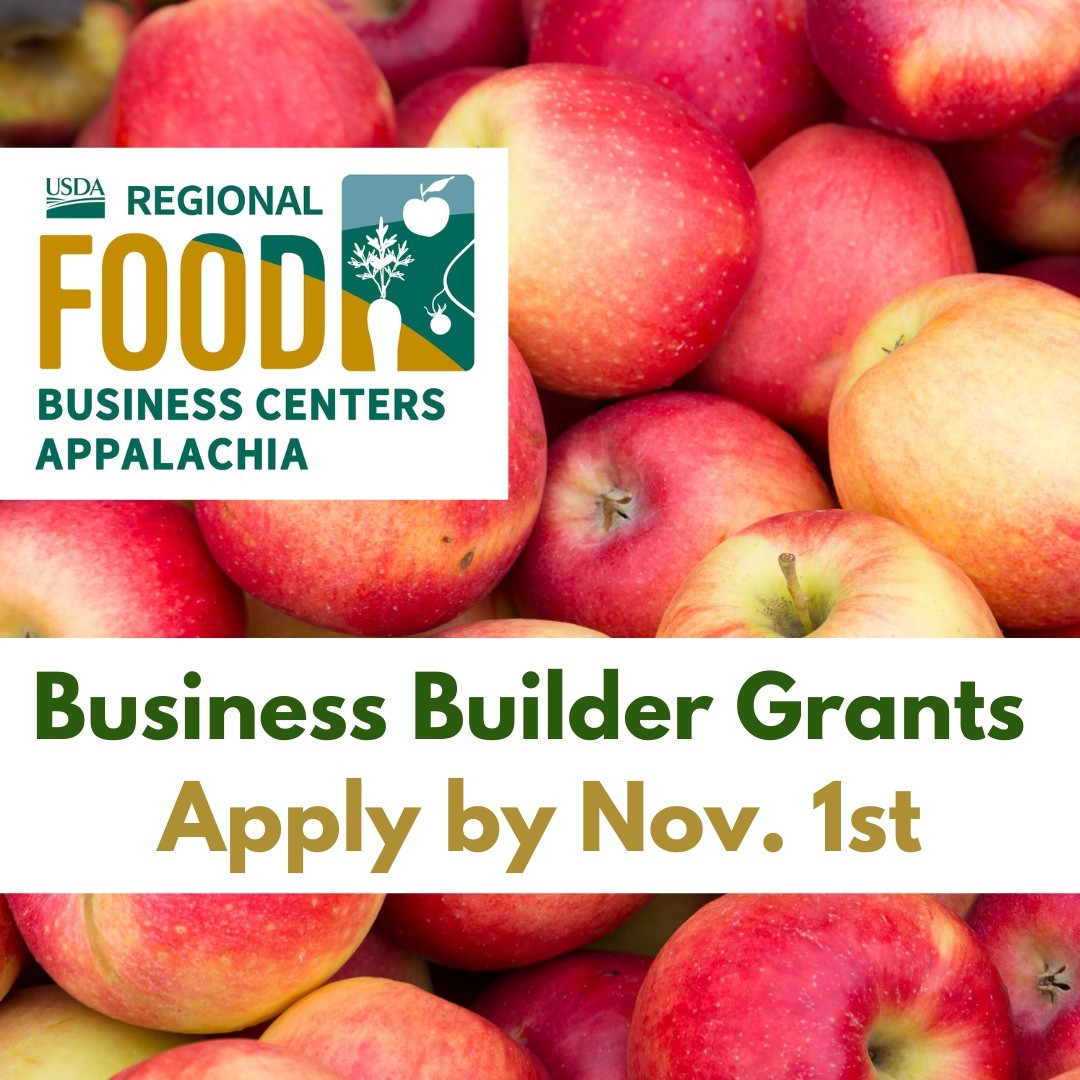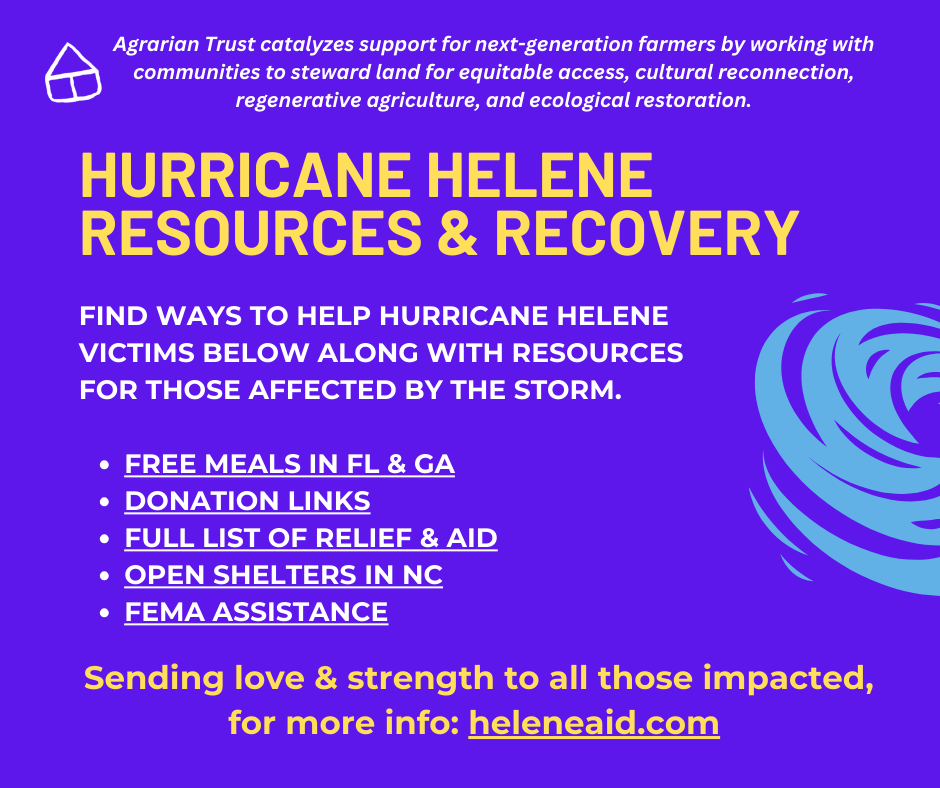This article, entitled National Geographic’s ‘Five Steps’ Won’t Feed The World: An Iowa Farmer’s View was written by George Naylor and published by the Huffington Post.
The brief article, “A Five-Step Plan to Feed the World” offered by Professor Jonathan Foley in the latest National Geographic magazine, clearly states the stark features of a global society on the brink of overshooting the capacity of the ecosphere. I highly commend Professor Foley and his colleagues for being honest about the depth of the crisis because in the general media, and especially the farm media, one wouldn’t know that anyone should be alarmed at all. Here in Iowa where the landscape is plastered with millions of acres of genetically modified corn and soybeans along with their poisonous herbicides, insecticides, fungicides and fertilizers polluting our lakes and rivers, our institutions deny that Silent Spring has arrived, let alone that anything needs to change. In fact, politicians and educators of every stripe bow to the god of Norman Borlaug, mesmerized by the World Food Prize mantra that we must feed the world using whatever new technology the chemical giants offer to deal with new problems turning up every day. Alarmingly, looking at the title of Foley’s article, we see the same mantra!
So let’s use this situation to set the record straight. The “system” of basing all our decisions on free-market fundamentalist assumptions has so much inertia we can’t even pause to question the consequences of all our current economic activity, or consider how today’s actions will affect the lives of our children and grandchildren. Even minor reforms are fought tooth and nail, and nothing deters plowing virgin land for more production.
Foley’s five steps to “feed the world” involve the confluence of many miracles, most of which don’t jive with the rules of the system as they now stand, and I see no focus here on the institutional changes required for coordinating such tasks. Without serious assessment and commitment, the five steps to feed the world serve as a smokescreen for full speed ahead, corporate profitability dictating our lives based on turning Mother Nature into money.
Let’s look more closely to the five steps one by one.
“Step One: Freeze agriculture’s footprint” I agree that this is a resounding must, but Professor Foley offers absolutely no suggestions for halting farmland’s expansion. In order to accomplish this, one would have to recognize and reverse the political power of corporate land barons and corruption fostered by land speculators, hedge funds, sovereign wealth funds and agribusiness educators offering their expertise for hire.
“Step Two: Grow more on farms we’ve got.” This is actually the corollary used by agribusiness propagandists to make their approach sound so reasonable. The only problem is that it is not based on sound economic or environmental thinking. As Neil Harl, professor emeritus at Iowa State University has reminded me many times, when a new technology makes it possible to increase production or to lower the cost of production on an acre of land, this makes cultivation of the crop more feasible on land that was previously uncultivated. Herbicide-resistant corn and soybean production (used for animal feed and biofuels) already has decimated biodiversity in pristine landscapes inhabited by wildlife and subsistence farmers. In other words, step two is a contradiction to step one.
“Step Three: Use resources more efficiently. “ Foley touts computerized application of fertilizers as an example of conserving resources by commercial agriculture. Since I’m from that sector, I’m quite familiar with the phenomenon. This technology applies to the larger corn and soybean farms (mono-cropping) that use Global Positioning Systems (GPS) to vary fertilizer and seeding rates and steer tractors and combines. Between herbicide-resistant crops making weed control a snap (until the weeds become herbicide-resistant), GPS-driven tractors, and the inevitable decline in commodity prices, the competition for land will lead to fewer and fewer farmers. Eventually we’ll have farming without farmers in environmental sacrifice zones. Foley also mentions the wise practices of organic farming, but avoids the reality that doing things right is swimming upstream without the supportive public policy that internalizes environmental costs to commercial farming.
“Step Four: Shift diets” I will grant that learning how meat, milk and eggs are produced in inhumane, polluting, “efficient” feedlots or CAFOs, can turn anyone into a vegetarian, yet step four actually calls for a more “efficient” production of livestock. Efficient is a meaningless term because it really means treating livestock as assembly line widgets while over-fertilizing land and polluting air and water with vast amounts of manure. If public policy had internalized the costs of row crop production as New Deal farm programs did; if CAFOs were required to pay for their pollution; and if every growth hormone and non-therapeutic use of antibiotics had been banned, more family farmers would raise livestock humanely in soil-conserving crop rotations and more consumers would eat from local sources within our ecological limits. Expecting the system to dish up more animal protein because a small percentage of the world’s population demands it is simply an excuse to green-light the status quo.
“Step Five: Reduce waste” I have heard this proposal for years. The fact is that when you look at the cost of food, even after it’s been processed, packaged, and shipped thousands of miles or served on china in expensive restaurants, food is so cheap that worrying about food waste becomes an inconvenience.
As a farmer, what really angers me about the Foley Five is the way his 5-step plan totally ignores the economic fallout for farmers. I attend many agribusiness meetings designed to sell farmers the latest chemicals and genetically engineered seeds (I personally have chosen never to plant GMOs). The cooperative and company reps basically outline the 5 step approach with, of course, an emphasis on increasing yield; after all, these 9 billion people will demand to eat everything “we” can produce. The logic is simple: if a farmer can produce more to sell, his/her income will increase. The problem is that this is an error of logic: what’s good for one may result in something that’s not good for all. Having farmed for 38 years I’ve lived through the heartrending farm crisis of the 1980s and decades of depressed commodity prices affecting farmers around the world, thanks to the World Trade Organization and free trade agreements. “First adopters” benefit for a while, but when other farmers adopt new technologies commodity prices are likely to plummet because of oversupply. If a period of inflation ensues, farming costs will skyrocket while commodity prices stagnate, so all farmers will lose. Failing farmers will not be replaced by smaller farmers, they will be replaced by larger, high-tech farmers or, more and more, by corporate farms.
I would like to recommend a couple of things to read that tackle the real dilemma of food and the environment, aligned with a commitment to peasants and family farmers. Both recognize the importance of Food Sovereignty and the public policy to turn this Titanic around.
First is a chapter I wrote — “Without Clarity on Parity, All You Get Is Charity” — in a Food First book that deals with all these issues edited by Eric Holt-Giménez called Food Movements Unite!. I humbly believe it establishes economic policy based on the historic experience of previous generations and respect for Mother Earth.
Second is the preface (really, the entirety) of A History of World Agriculture: From the Neolithic Age to the Current Crisis, by Marcel Mazoyer and Laurence Roudart, scholars at the National Institute of Agronomy in Paris, France. The authors prescribe an international response that brings democratic power down to the peasant level through a framework of international agreements:
“In order to allow all the world’s peasants and family farmers to construct and exploit cultivated ecosystems capable of producing a maximum of secure and high-quality commodities over the long term, without harming the environment, it is absolutely necessary to stop the international agricultural price war. It is necessary to break with the liberalization of trade that tends to align prices everywhere with the lowest ones offered by exporters of surplus produce. We have seen that such prices impoverish and starve hundreds of millions of rural inhabitants, which increases the rural exodus, unemployment, and urban poverty, thereby reducing solvent demand well below needs.”
They also recognize the need for comprehensive agrarian reform and research reform aimed at success of the new system. It is gratifying to know that such prestigious authorities offer democratic solutions in the vein of those proposed for years by the National Family Farm Coalition and the international peasant movement La Via Campesina.
The giant chemical company, Dow AgroSciences, is awaiting government approval (rubber stamp) for their new genetically engineered crops that resist herbicides glyphosate, 2,4-D and possibly glufosinate. This new system is called Enlist (www.enlist.com) – a perfect name since their intension is to enlist farmers and you, the reader, in their quest to cover the world with more and more GMOs and the toxic chemicals that go with them. I’m surprised Monsanto didn’t think of it first.
Don’t let the pitch of ‘Feed the World’ or ‘Grow More on Each Acre’ fool you. They are simply Madison Avenue subterfuge unfortunately parroted by too many academics and prestigious magazines.




